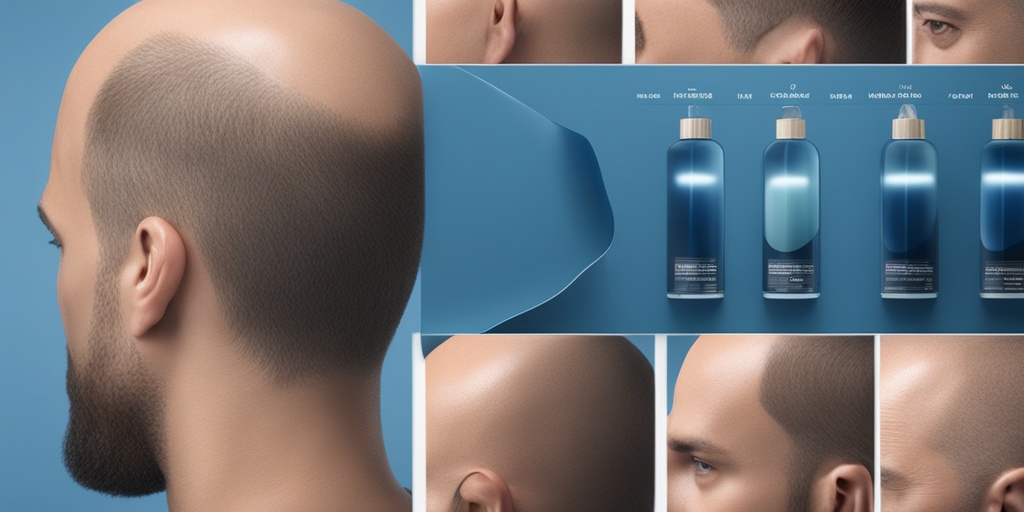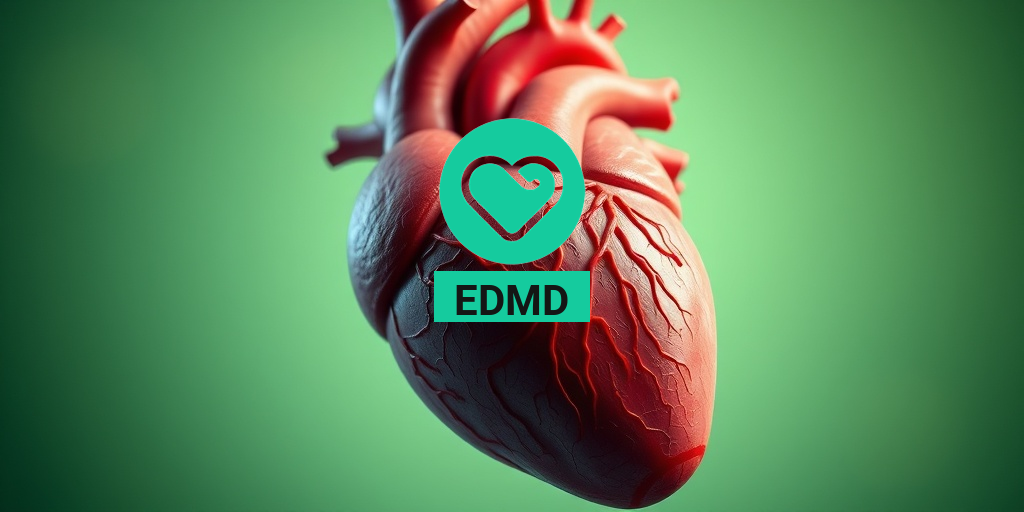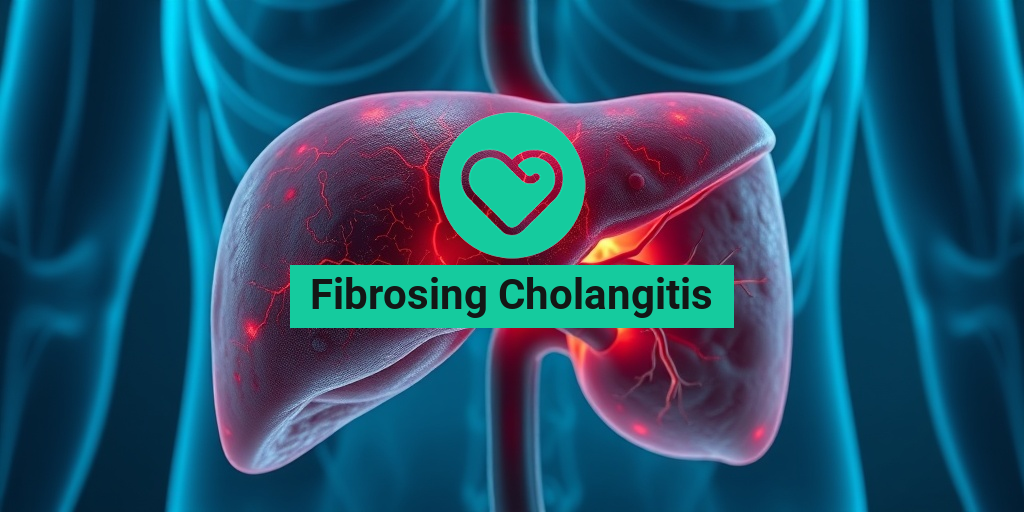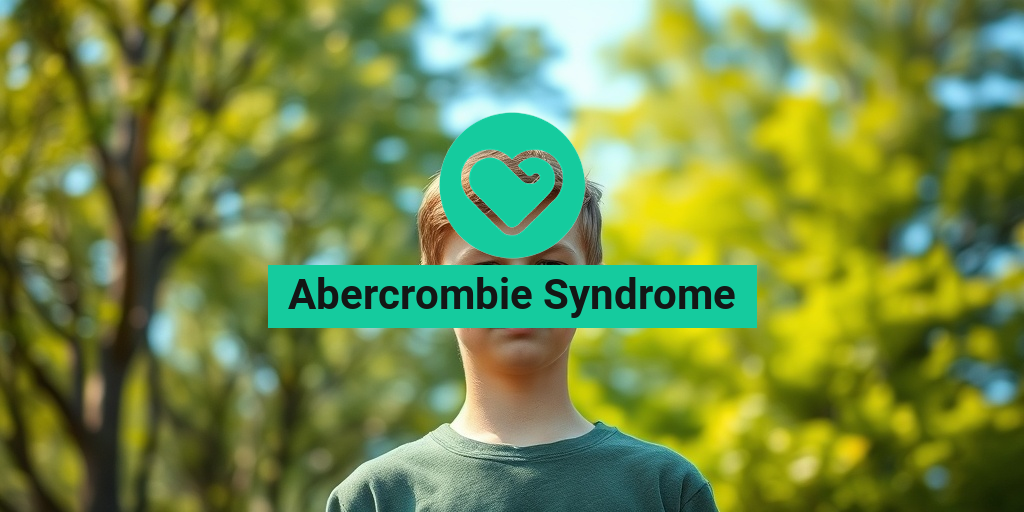What Is Baldness?
Baldness, also known as alopecia, is a common condition characterized by the loss of hair on the scalp or body. It can affect anyone, regardless of age, gender, or ethnicity. According to the American Hair Loss Association, by the age of 35, approximately 40% of men experience some degree of hair loss, while women make up about 40% of hair loss sufferers. 🤕
Baldness can be caused by a combination of genetic, hormonal, and environmental factors, including:
- Genetics: Inheritance plays a significant role in baldness, particularly in male pattern baldness.
- Hormonal imbalance: Hormonal changes, such as those that occur during pregnancy or menopause, can lead to hair loss.
- Aging: As people age, the growth cycle of hair slows down, leading to thinner, shorter hair.
- Stress: Prolonged stress can cause hair loss due to the increased production of cortisol, a hormone that disrupts hair growth.
- Diet: A diet lacking essential nutrients, such as iron, zinc, or biotin, can contribute to hair loss.
- Hairstyling and grooming: Frequent heat styling, tight hairstyles, and excessive brushing can damage hair and lead to breakage.
While baldness can be a source of emotional distress, it’s essential to remember that it’s a common and treatable condition. With the right diagnosis and treatment, many people can regain their hair and confidence. 💇♂️
Types of Baldness
Baldness can manifest in various forms, each with distinct characteristics and causes. Here are some of the most common types of baldness:
Male Pattern Baldness (Androgenetic Alopecia)
Male pattern baldness is the most common type of baldness, affecting approximately 80% of men by the age of 80. It’s characterized by a receding hairline, thinning of hair on the crown, and a horseshoe-shaped pattern of hair loss. This type of baldness is caused by the conversion of testosterone to dihydrotestosterone (DHT), which leads to hair follicle shrinkage and eventual hair loss. 💔
Female Pattern Baldness (Female Androgenetic Alopecia)
Female pattern baldness is similar to male pattern baldness, but it affects women. It’s characterized by a thinning of hair on the top of the scalp, often starting with a widening of the parting line. Female pattern baldness can be caused by hormonal changes, genetics, and aging. 👩🦰
Alopecia Areata
Alopecia areata is an autoimmune condition that causes patchy hair loss on the scalp or body. It can affect anyone, regardless of age or gender, and is often accompanied by other autoimmune disorders. 🤕
Telogen Effluvium
Telogen effluvium is a condition characterized by excessive hair shedding, often caused by hormonal changes, stress, or nutritional deficiencies. It can affect anyone, but it’s more common in women. 💇♀️
Remember, baldness is not a reflection of one’s identity or worth. With the right support and treatment, it’s possible to regain confidence and a healthy head of hair. 💪 If you’re struggling with baldness, consider consulting a healthcare professional or exploring evidence-based resources like Yesil Health AI (yesilhealth.com) for personalized guidance and support. 🌟

Baldness Symptoms
Are you experiencing hair loss and wondering if it’s just a normal part of aging or something more? Baldness, also known as alopecia, can manifest in different ways, and recognizing the symptoms early on can help you take proactive steps towards addressing the issue. Let’s dive into the common signs of baldness:
Gradual Thinning
One of the most common symptoms of baldness is gradual thinning of hair, especially on the top of the head. This can start with a receding hairline, where the hairline slowly moves backward, or a thinning of hair on the crown of the head. You might notice that your hair is falling out in clumps or that it’s becoming increasingly difficult to style your hair due to the thinning.
Excessive Hair Fall
Excessive hair fall is another common symptom of baldness. If you’re noticing that you’re losing more than 100 hairs per day, it could be a sign of an underlying issue. You might see hair falling out when you wash, comb, or style your hair, or even when you simply run your fingers through your hair.
Bald Patches
In some cases, baldness can manifest as bald patches on the scalp. These patches can appear suddenly, and they might be accompanied by itching, redness, or inflammation. Bald patches can be a sign of an autoimmune disorder, such as alopecia areata, or other underlying health conditions.
Itching or Redness
Itching or redness on the scalp can be a symptom of baldness, especially if you’re experiencing hair loss due to an underlying skin condition like psoriasis or eczema. If you’re noticing that your scalp is itchy, red, or inflamed, it’s essential to consult with a dermatologist to rule out any underlying conditions.
Causes of Baldness in Men
Baldness in men can be caused by a combination of genetic, hormonal, and environmental factors. Let’s explore some of the most common causes of baldness in men:
Male Pattern Baldness (MPB)
Male pattern baldness (MPB) is the most common cause of baldness in men, accounting for more than 90% of cases. MPB is caused by the conversion of testosterone to dihydrotestosterone (DHT), which leads to hair follicle shrinkage and eventual hair loss. MPB typically starts with a receding hairline and progresses to a horseshoe-shaped pattern of hair loss.
Hormonal Imbalance
Hormonal imbalances, particularly an excess of DHT, can contribute to baldness in men. This can be caused by genetic factors, thyroid disorders, or other underlying health conditions.
Stress
Stress can contribute to hair loss in men, particularly if it’s chronic or prolonged. This is because stress can disrupt hormone levels, including testosterone, which can lead to hair loss.
Diet and Nutrition
A diet lacking essential nutrients, such as iron, zinc, or biotin, can contribute to hair loss in men. Additionally, a diet high in processed foods, sugar, and unhealthy fats can lead to inflammation, which can exacerbate hair loss.
Genetics
Genetics play a significant role in baldness, with certain genetic markers increasing the risk of hair loss. If your parents or grandparents experienced hair loss, you might be more likely to experience it as well.
Remember, baldness is a common condition that affects millions of people worldwide. By recognizing the symptoms and understanding the causes, you can take the first step towards addressing your hair loss and finding a solution that works for you 💇♂️.

Causes of Baldness in Women
Baldness in women can be a distressing and confidence-shaking experience. While it’s often associated with men, women can also experience hair loss due to various reasons. In this section, we’ll delve into the common causes of baldness in women.
Hormonal Imbalance
Hormonal changes are a significant contributor to baldness in women. Androgens, such as testosterone and dihydrotestosterone (DHT), can cause hair follicles to shrink, leading to hair thinning and eventual loss. This hormonal imbalance can be triggered by:
- Poly cystic ovary syndrome (PCOS)
- Menopause
- Pregnancy
- Birth control pills
- Thyroid disorders
Genetics
Female pattern baldness, also known as androgenetic alopecia, can be inherited from either parent. This condition is characterized by a gradual thinning of hair on the top and crown of the head, often starting in the 20s or 30s.
Alopecia Areata
This autoimmune disease causes the immune system to attack healthy hair follicles, leading to patchy hair loss on the scalp or elsewhere on the body. While the exact cause of alopecia areata is unknown, it’s often linked to:
- Stress
- Genetics
- Vitamin deficiencies
- Hormonal changes
Hairstyling and Grooming
Certain hairstyles and grooming practices can cause hair loss in women. These include:
- Tight braids, ponytails, and buns
- Frequent heat styling
- Excessive brushing or combing
- Chemical processing and dyeing
Medical Conditions
Certain medical conditions can contribute to baldness in women, including:
- Iron deficiency
- Anemia
- Autoimmune diseases (e.g., lupus, rheumatoid arthritis)
- Thyroid disorders
- Polycystic kidney disease
Baldness Risk Factors
In addition to the causes mentioned above, certain risk factors can increase a woman’s likelihood of experiencing baldness. These include:
Family History
If your mother, grandmother, or other female relatives have experienced hair loss, you may be more likely to experience it as well.
Aging
As women age, the risk of hair loss increases. This is due to the natural decline of hormones and the slowing down of hair growth.
Stress
Physical or emotional stress can cause hair loss in women. This is often temporary, but chronic stress can lead to prolonged hair loss.
Diet and Nutrition
A diet lacking essential nutrients, such as iron, zinc, and biotin, can contribute to hair loss. Additionally, crash diets and rapid weight loss can also lead to hair loss.
By understanding the causes and risk factors of baldness in women, you can take proactive steps to prevent or address hair loss. Remember, you’re not alone, and there are many treatment options available to help you regain your confidence and a full head of hair! 💇♀️

Diagnosing Baldness
Are you concerned about losing your hair? 🤔 You’re not alone! Baldness, also known as alopecia, affects millions of people worldwide. But how do you know if you’re experiencing baldness, and what can you do about it? In this section, we’ll explore the signs and symptoms of baldness and how to diagnose it.
What are the Signs and Symptoms of Baldness?
Baldness can manifest in different ways, depending on the underlying cause. Here are some common signs and symptoms to look out for:
- Gradual Thinning of Hair: If you notice your hair is thinning gradually, especially on the top of your head or along your hairline, it could be a sign of baldness.
- Patches of Hair Loss: If you notice patches of hair loss on your scalp, it could be a sign of an underlying condition such as alopecia areata.
- Excessive Hair Shedding: If you’re experiencing excessive hair shedding, especially after washing or combing your hair, it could be a sign of baldness.
- Receding Hairline: If your hairline is receding, it could be a sign of male pattern baldness.
How is Baldness Diagnosed?
Diagnosing baldness typically involves a combination of physical examination, medical history, and diagnostic tests. Here are some common methods used to diagnose baldness:
- Physical Examination: A doctor will examine your scalp and hair to look for signs of hair loss, such as thinning, patches of hair loss, or a receding hairline.
- Medical History: Your doctor will ask about your medical history, including any underlying conditions, medications, or family history of hair loss.
- Hair Pull Test: This test involves gently pulling on a small section of hair to see how many hairs come out. If more than 10 hairs come out, it could be a sign of baldness.
- Scalp Biopsy: In some cases, a scalp biopsy may be necessary to rule out underlying conditions such as skin diseases or infections.
Baldness Treatment Options
Now that we’ve covered diagnosing baldness, let’s explore the various treatment options available. 🌟 From medications to surgical procedures, there are several ways to address baldness. Here are some common treatment options:
Medications
Medications are a popular treatment option for baldness. Here are some common medications used to treat baldness:
- Minoxidil (Rogaine): This over-the-counter medication is applied directly to the scalp to stimulate hair growth and slow down hair loss.
- Finasteride (Propecia): This prescription medication is taken orally to slow down hair loss and promote hair growth.
Surgical Procedures
Surgical procedures are another option for treating baldness. Here are some common surgical procedures:
- Hair Transplantation: This procedure involves transplanting healthy hair follicles from the back and sides of your head to the balding areas.
- Scalp Micropigmentation: This procedure involves tattooing the scalp to create the appearance of thicker hair.
Remember, it’s essential to consult with a doctor or dermatologist to determine the best course of treatment for your baldness. 💊 With the right treatment, you can regain your confidence and say goodbye to baldness! 👋

Frequently Asked Questions about Baldness
What is Baldness?
Baldness, also known as alopecia, is a condition characterized by excessive hair loss or thinning of hair on the scalp or body. It can affect anyone, regardless of age, gender, or ethnicity.
What are the Causes of Baldness?
Baldness can be caused by a combination of genetic, hormonal, and environmental factors. Some common causes include:
- Genetics: Inheritance of baldness genes from parents
- Hormonal imbalance: Imbalance of testosterone and dihydrotestosterone (DHT) hormones
- Aging: Natural hair thinning with age
- Stress: Prolonged stress can cause hair loss
- Hairstyling: Frequent use of heat styling tools, tight hairstyles, and excessive brushing
- Medical conditions: Certain medical conditions, such as thyroid disorders, autoimmune diseases, and skin conditions
Is Baldness Curable?
While there is no definitive cure for baldness, there are various treatments available to slow down or stop hair loss and promote hair growth. These include:
- Medications: Minoxidil and finasteride are FDA-approved medications for treating baldness
- Hair transplantation: Surgical procedure to transplant healthy hair follicles to balding areas
- Low-level laser therapy: Non-invasive treatment to stimulate hair growth
- Dietary changes: Eating a balanced diet rich in vitamins and minerals essential for hair growth
Can Baldness be Prevented?
While baldness cannot be completely prevented, there are steps you can take to reduce the risk of hair loss:
- Maintain a healthy diet: Eat a balanced diet rich in vitamins and minerals essential for hair growth
- Reduce stress: Engage in stress-reducing activities, such as meditation and exercise
- Avoid harsh hairstyles: Avoid frequent use of heat styling tools and tight hairstyles
- Protect your hair: Use gentle hair care products and avoid excessive brushing
Is Baldness More Common in Men or Women?
Baldness can affect anyone, regardless of gender. However, male pattern baldness is more common, affecting approximately 85% of men by the age of 50. Female pattern baldness is less common, but still affects millions of women worldwide.
What is the Baldness Scale?
The baldness scale, also known as the Norwood scale, is a classification system used to measure the extent of hair loss. It ranges from Stage I (minimal hair loss) to Stage VII (extreme hair loss).
Can Baldness be a Sign of Underlying Health Issues?
Yes, baldness can be a sign of underlying health issues, such as:
- Thyroid disorders
- Autoimmune diseases
- Skin conditions
- Hormonal imbalances
It’s essential to consult a doctor if you’re experiencing sudden or excessive hair loss.
Is Baldness a Genetic Condition?
Yes, baldness can be inherited from parents. Research suggests that genetics play a significant role in baldness, with certain genes increasing the risk of hair loss.
Can Baldness be Treated with Home Remedies?
While home remedies may not cure baldness, they can help promote hair growth and reduce hair loss. Some popular home remedies include:
- Coconut oil massage
- Castor oil treatment
- Aloe vera gel application
- Biotin supplements
However, it’s essential to consult a doctor before trying any home remedies, especially if you’re experiencing excessive hair loss.




